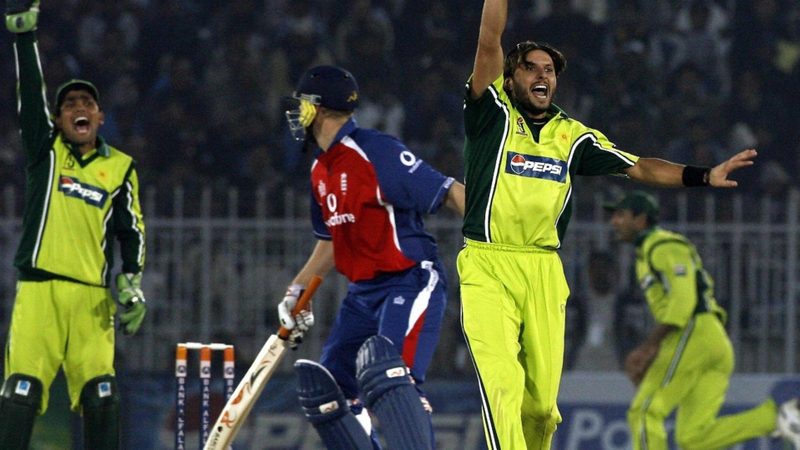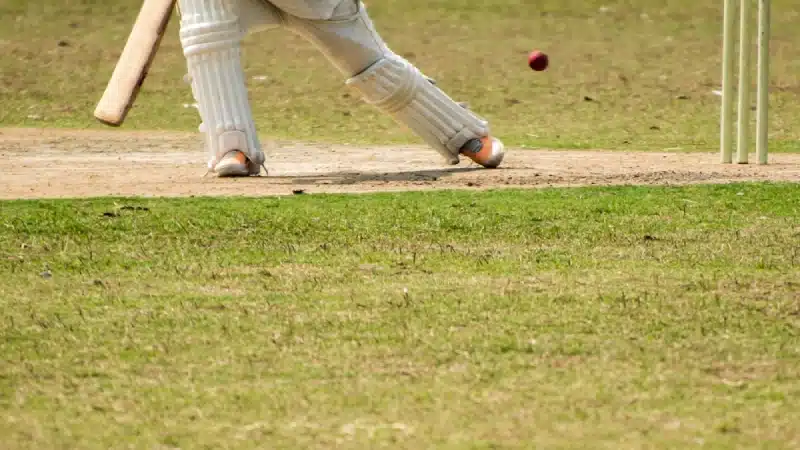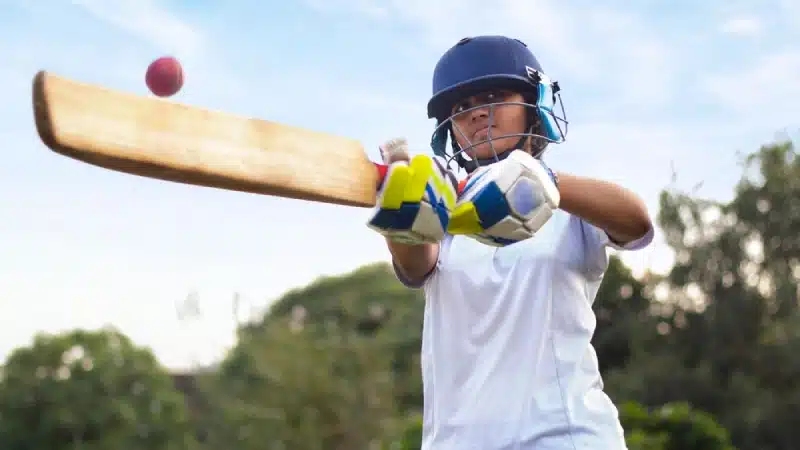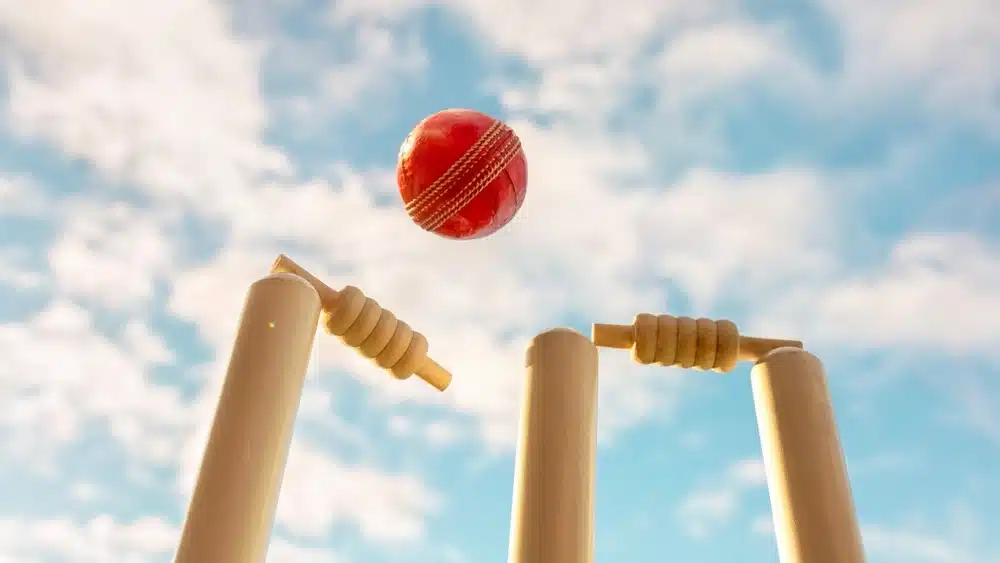
There are 10 different ways in which a batter can be dismissed in cricket. One such mode of dismissal is known as the Leg Before Wicket (LBW).
As per the Marylebone Cricket Club’s (MCC) Laws of Cricket that govern the rules of the sport, the LBW dismissal comes under Law 36 of MCC.
The earliest example of this law goes all the way back to 1744. However, since bats were curved during this time it meant that batters blocking all the stumps were extremely unlikely.
That said, umpires did still have the authority to punish players if the batter was deemed to be in a position that was considered ‘standing unfair to strike’.
Over the years as bats became more straight, batters frequently began blocking balls from striking the wickets with the intentional and sole use of their pad, which was considered pad play at the time.
The advent of pad play though had an adverse effect on the game, making it not just boring to watch and play but also unfair to the bowlers.
This resulted in a change of law where batters were given out if they intentionally prevented the ball from hitting the wicket with his leg irrespective of whether the delivery would go on to hit the stumps without the use of pads.
The LBW rule has since evolved and been revised numerous times to create the LBW we are all familiar with today.
With that in mind, let’s take a closer look at the LBW full form in cricket which we come across these days.
What does LBW stand for in cricket
The LBW full form in cricket is Leg Before Wicket and as already touched on, a batter is considered to be out in this manner if they stop the ball from crashing into the stumps with any part of their body apart from their hands and of course the bat.
While this might seem simple at first glance, it is important to note that many conditions need to be met for a batter to be given out LBW. These conditions are:
- A ball must be a legitimate delivery and not a no ball, which is an illegal delivery that isn’t counted and gives batters an extra run.
- Secondly, the first point of contact that the ball makes must be with the pad. In other words, if the ball hits a player’s hands, bat or bat and body simultaneously first then it cannot be deemed an LBW.
- Thirdly, if a ball hits the batter in a full-pitched manner without bouncing then it is imperative that the ball be in line with either the wickets or the batter’s off stumps to be LBW. What’s also worth noting here is that If the ball pitches outside the batter’s leg stump and then moves towards the wickets, it cannot be an LBW.
- In case the point of impact between the ball and the batter's body is in line with the stumps and the conditions above are met, then they are out LBW.
- Furthermore, if the area of impact between the ball and the batter's body is outside the off-stump line, the batter can be given out if they weren’t playing a shot. Conversely, if the batter genuinely attempts a shot but misses the ball which isn’t in line with the stumps, it is not out.
- Lastly, if the umpire deems that the bails on top of the stumps could have been clipped by a ball had it not been for unfair obstruction by the batter then it will also be deemed LBW taking into account all of the other conditions above are met.
While the LBW is an understandably complex dismissal that umpires need to get right in a matter of seconds after the fielding side appeals, the advent of modern technologies like ball tracking, video assistance and the Decision Review System (DRS) has made it much easier for umpires to get such decisions right.
Having said that, LBW decisions are still very debatable and lead to controversies despite being less dependent on the human element of decision-making. Even though most LBW decisions these days tend to be the right call, there are still a few decisions that continue to spark debates and open up a can of worms.
Photo credit: Alamy




















